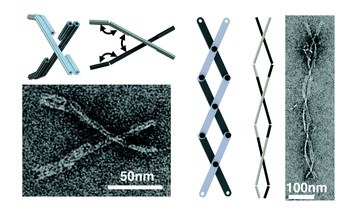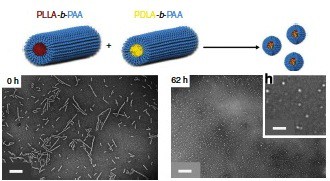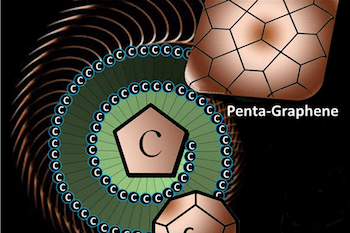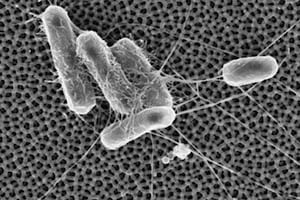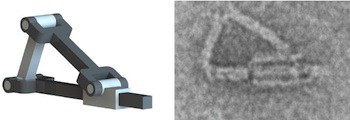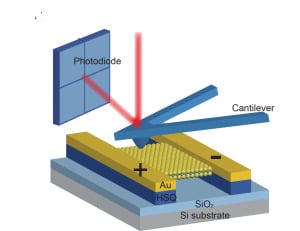An overview of three decades of progress in DNA nanotechnology emphasizes bringing programmed motion to DNA nanostructures, including efforts to incorporate design principles from macroscopic mechanical engineering.
Designing mechanical functions into DNA nanotechnology
